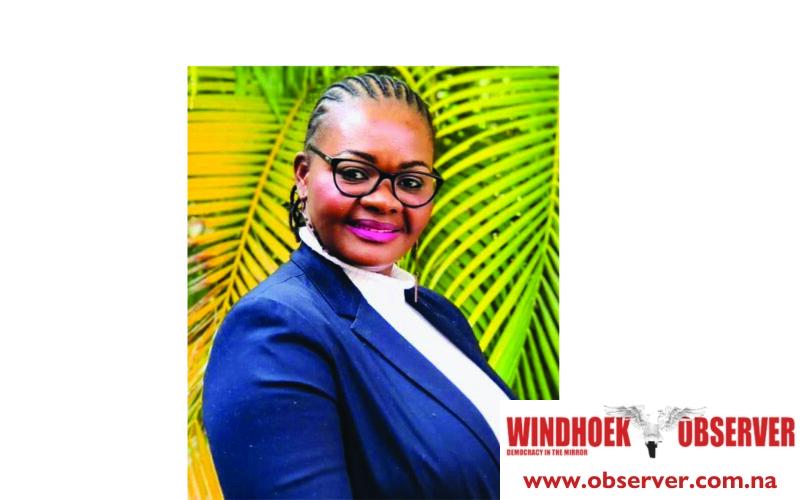Ester Shafashike
In too many corners of our country, the foundations of progress are crumbling. Schools lack proper buildings, and classrooms made of zinc sheets or tents have become the norm. Learners struggle with inadequate materials and science labs that exist only on paper. These conditions not only undermine the quality of education but also rob young minds of the opportunity to thrive.
Beyond education, basic services remain out of reach for countless communities. Residents walk long distances to access medical facilities, often navigating deteriorated roads that suffer from poor workmanship. Even when road projects begin, the results are substandard and quickly fall apart, betraying both the public’s expectations and the country’s development standards.
On one hand, business-minded leaders emphasise town development. Their focus centres on attracting investment, modernising urban centres, and promoting commercial activity. On the other hand, educators are deeply rooted in the daily challenges of teaching, hence advocating for critical infrastructure to improve learning environments and boost student performance. These contrasting visions highlight a widening gap in developmental strategies. Yet the question remains: if town development gains momentum, what becomes of the majority who continue to struggle with under-resourced schools, inadequate healthcare, and broken roads? Who will sustain these growing businesses or towns if the community is left behind?
This reality calls for introspection. What is the true responsibility of our leaders in society?
I believe the path to sustainable development is clear: invest in people first. Meet the basic needs of education, healthcare, and infrastructure. Only then can businesses thrive, towns grow, and citizens engage meaningfully in national progress. It’s time for our leaders to unify their efforts not around status or silos, but around service to society.
*Ester Shafashike is a senior education officer at the Oshikoto directorate of education within the ministry of innovation, youth, sports, arts and culture. The views expressed are her own and do not represent those of her employer.




